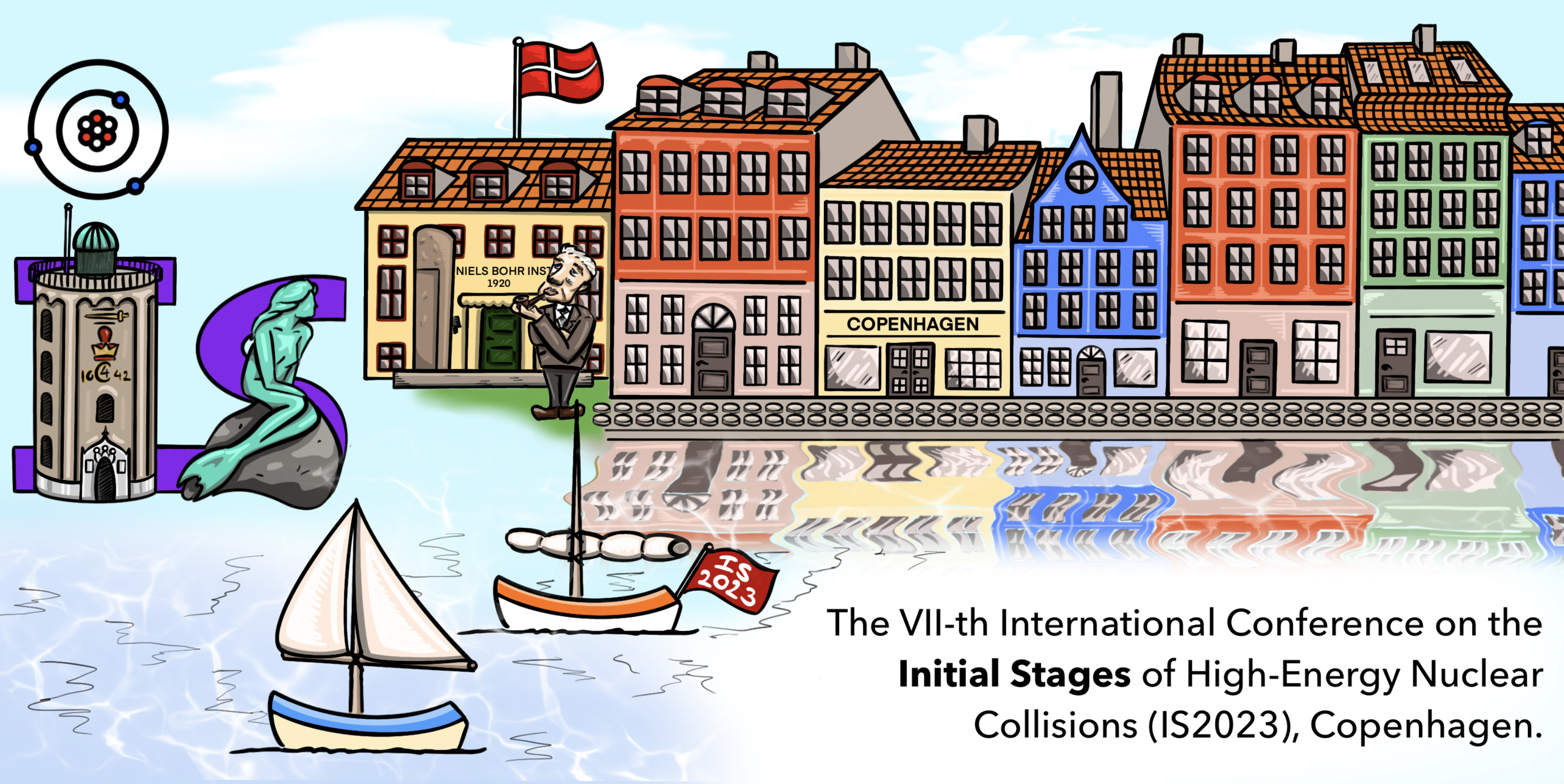Speaker
Description
The measurement of fine splitting of observables between ${}^{96}$Ru-${}^{96}$Ru and ${}^{96}$Zr-${}^{96}$Zr collisions at RHIC has opened a new window in probing the deformation of these two isobar isotopes using high-energy nuclear physics. Since these two systems have the same mass, distributed in almost the same size spatial region, the nature of the collective evolution of both systems after the collision should be similar. Therefore, the observation of significant differences in $v_n$ and $\langle p_T\rangle$ fluctuations between the two systems indicate differences in their collective nuclear structures. However, the impact of nuclear structure also depends on several other initial state Trento parameters, such as nucleon width, the minimum distance of two nucleons, and the functionality of the entropy production in the collision region. In this talk, the sensitivity of $v_n$ and $\langle p_T\rangle$ fluctuations on both nuclear deformations and these Trento parameters will be presented in details. Since these Trento parameters should be similar in other large and small system collisions such as Pb-Pb, Au-Au, and p-Pb collisions, Our study strongly suggest that the isobar collision ratios can significantly improve our understanding of the initial condition in the relativistic ion collisions, with very little complications of the final state effects.
| What kind of work does this abstract pertain to? | Theoretical |
|---|---|
| Which experiment is this abstract related to? | Other |
